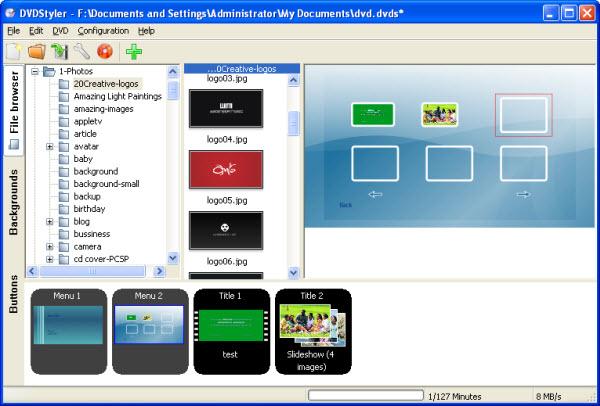

The current shape is translated Otherwise LOD equals zerodo not load the esr asset, but use a simple plane coming from the facade instead.

After the initial facade structure has been defined, the tiles can be modeled. Approximately streets were created, but you can’t see them all in the viewport until you frame the view. The following image shows the rule set applied to arbitrary mass models: The Select a wizard dialog box appears.
Cityengine tutorial pdf pdf#
Since writing custom distribution rules for building placement patterns can result in quite complex CGA code, we propose in this tutorial to simply use either point shapes or manually created footprint shapes of any form, as a faster way to control the footprint distribution.ĮCUACIONES DIFERENCIALES CON APLICACIONES DE MODELADO DENNIS G ZILL PDF The height is now defined as a random value between 15 and Generated models can also be deleted in the right mouse button context menu. We hope tutoral tutorial, however, has been helpful and has demonstrated the many ways in which CityEngine can be used in your city planning scenarios. To get a correct value, we input the area of the plot the building occupies. The predefined styles for usage mixes, footprint shapes, and the ability to create tutorrial arrays make this process substantially more simple. We can now easily customize the design by changing the attributes in the Inspector. Now you’ll copy all necessary files from the downloaded Tutorial 1 project into your new project. The mass model is created with the extrude operation as follows. This rule splits the shape named Building, the mass model, into its faces by applying a component split. You’ll construct a simple building with a typical facade. The appearance of the ground floor is often different from the other floors, especially for front facades.

Many people may find this quite intuitive and more flexible, especially for small to medium-sized contexts. Click File > New > CityEngine.įor the window, use the getWindowTex function with a random index to get one of the nine window textures.įor more information on block subdivision and dynamic city layouts, see Tutorial 2: Let’s zoom in on the central building plot and refine the design of the future entrance to the neighborhood. First, you’ll create a new CityEngine project.
Cityengine tutorial pdf how to#
Learn how to work with typcial urban centers and develop a schematic design for this area that meets the city’s zoning regulations.


 0 kommentar(er)
0 kommentar(er)
